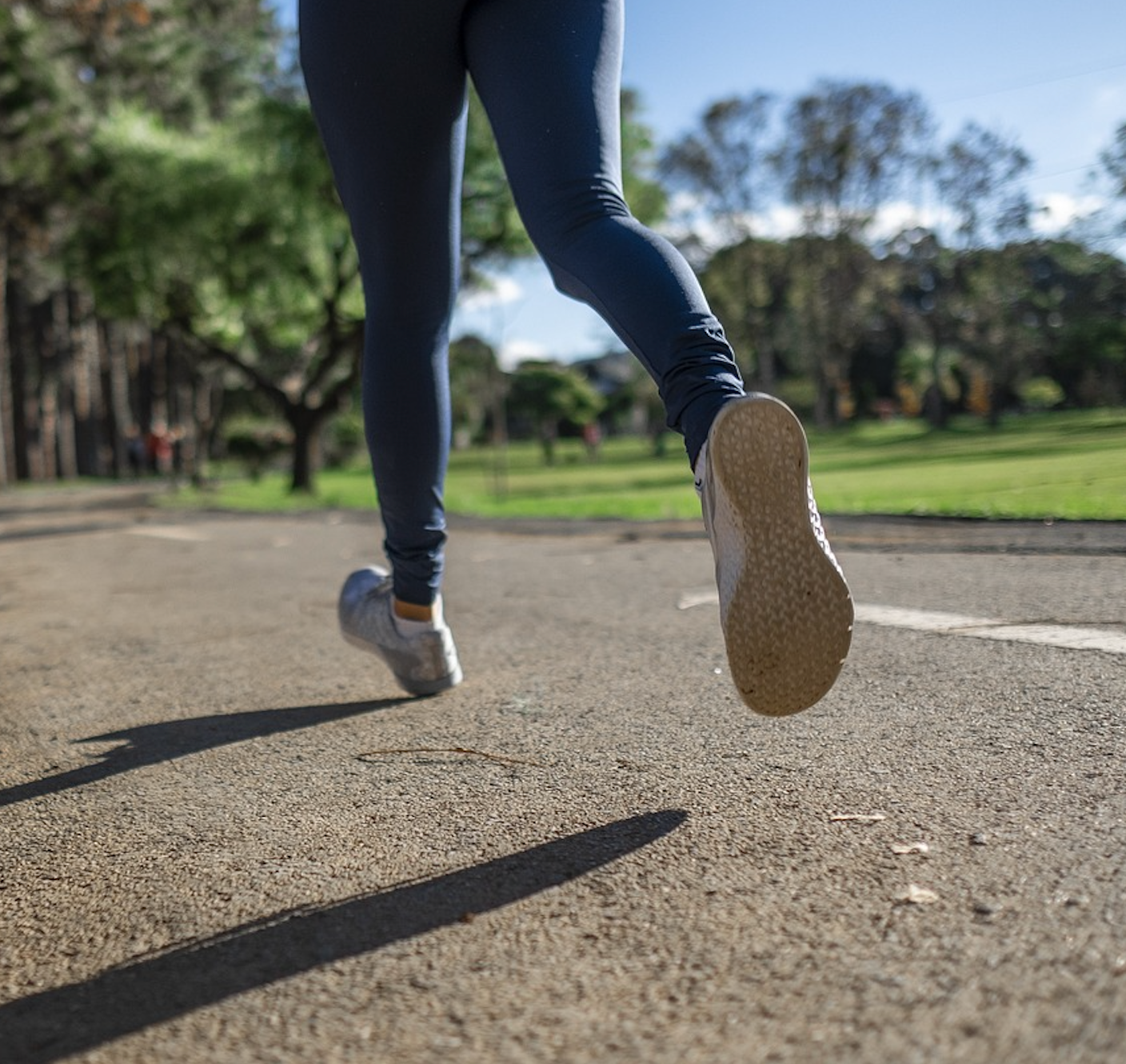Bodyweight Exercises Improve Strength, Patient-Reported Outcomes in Female Patients with RA
A 6-week bodyweight exercise program led to improved muscle strength, range of motion, and physical fitness test results in female patients with RA.
Credit: PixaBay

Findings from a recent study are providing valuable insight into the role of rehabilitation with bodyweight exercises for improving functional disability in patients with rheumatoid arthritis (RA).1
Results showed adhering to a 6-week bodyweight exercise program improved muscle strength, range of motion, and subsequent Timed Up-and-Go (TUG) test results in a cohort of 42 female patients with RA, further highlighting the role of the Health Assessment Questionnaire (HAQ) for assessing fall risk and prescribing exercise.1
“New biological disease-modifying anti-rheumatic drugs (DMARDs) and targeted synthetic DMARDs have dramatically changed the treatment strategies for rheumatoid arthritis (RA),” Kenta Kamo, MD, of the department of orthopedic surgery at Yamaguchi Red Cross Hospital in Japan, and colleagues wrote.1 “Nevertheless, rehabilitation remains important for improving functional disability in patients with RA.”
Although many people with RA avoid exercise out of fear of worsened joint pain, exercise is a key treatment for reducing disability by boosting strength and flexibility, subsequently leading to better joint support and function. However, low-impact exercises may be necessary in cases of severely damaged joints. Bodyweight exercises offer a convenient low-impact option for these patients, although little is known about their impact or potential benefit in RA.2
To assess the impact of bodyweight exercises and identify factors influencing patients’ HAQ scores, investigators recruited patients during regular hospital visits at a single center in Japan between July and August 2022. For inclusion, patients were required to be diagnosed with RA based on the 1987 criteria of the American College of Rheumatology or the 2010 criteria of the European League Against Rheumatism.1
All patients performed bodyweight exercises for the lower and upper extremities twice weekly at home for 6 weeks. The training program included 2 walking exercises as a warm-up (TUG test and figure-8 walks); 4 lower extremity exercises (standing hip side raise, standing knee flexion, sitting knee extension, and sitting calf raise); and 4 upper extremity exercises (sitting W pose, arm curl, wrist curl, and claw grip). Participants performed 2 sets, each consisting of 8 exercises performed at 20-second intervals, with 10 seconds of rest between each exercise.1
A pair of occupational therapists and 4 physical therapists instructed participants on the exercises at baseline. Patients were sent home with an instructional leaflet and asked to record details of exercise days, fatigue, and the pain they experienced in their notes, which were checked by the therapists after 6 weeks. Investigators assessed the HAQ score, TUG time, and strengths of quadriceps femoris, biceps brachii, handgrip, side pinch, and pulp pinch before and after the exercise intervention.1
A total of 52 patients were included in the study, 8 of whom discontinued the exercise program. An additional patient withdrew due to side effects of the COVID-19 vaccine, and another withdrew due to a rib fracture. The rate of exercise continuity was 81%, and investigators analyzed the data of 42 participants.1
Among the cohort, the mean age was 67.0 (Standard deviation [SD], 12.1) years, the mean Disease Activity Score-28 for rheumatoid arthritis with erythrocyte sedimentation rate was 2.91 (SD, 0.91), and the mean HAQ score was 0.69 (SD, 0.62).1
Investigators noted participants’ mean TUG test results significantly improved from 9.0 (SD, 3.0) seconds at baseline to 8.6 (SD, 3.2) seconds at 6 weeks (P = .009). On the dominant side, quadriceps femoris, biceps brachii, forearm flexors, pulp pinch, and side pinch strengths also showed significant improvement. Additionally, ROM of knee extension improved from the baseline values (−2.7 to −1.5 degrees; P = .06), as did the ROM of elbow flexion (138.8 to 143.8 degrees; P <.001).1
Multiple regression analysis showed the factors influencing HAQ scores were TUG ability (P= .019), non-dominant biceps strength (P =.017), dominant hand grip strength (P =.028), bilateral pulp pinch strength (P =.045 and P =.017), dominant knee extension (P =.021), and bilateral elbow flexion (P =.017 and P =.05). Investigators pointed out the Pearson’s product-moment correlation between the TUG and HAQ scores was 0.57 (95% CI, 0.32 to 0.75; P <.001). In the ROC analysis, for TUG scores of 12 s or higher, the HAQ cut-off value was 1.0 (AUC 0.90, 95% CI, 0.79 to 1).1
Investigators used receiver operating characteristic analysis to assess the association between TUG test results exceeding 12 seconds, which investigators noted was indicative of greater fall risk, and HAQ. Results showed the HAQ cut-off value was 1.0 (AUC, 0.903; 95% CI, 0.792 to 1.0), suggesting a greater HAQ score may be linked to increased fall risk and the need for prescribed exercise to improve TUG test time and subsequent HAQ score.1
Investigators highlighted several potential limitations to these findings, including the study’s small sample size, its single-institute and single-arm design, lack of a control group, and lack of consideration for age.1
“Bodyweight exercises improved muscle strength and the range of motion in female patients with RA, resulting in improved TUG test results,” investigators concluded.1
References:
- Kamo K, Haraguchi A, Hama D, Kamo N. Bodyweight Exercise of Lower and Upper Extremities for Female Patients with Rheumatoid Arthritis and the Timed Up-and-Go Test. Prog Rehabil Med. 2024;9:20240009. doi:10.2490/prm.20240009
- Mayo Clinic. Rheumatoid arthritis: Is exercise important? September 21, 2023. Accessed March 21, 2024. https://www.mayoclinic.org/diseases-conditions/rheumatoid-arthritis/in-depth/rheumatoid-arthritis-exercise/art-20096222